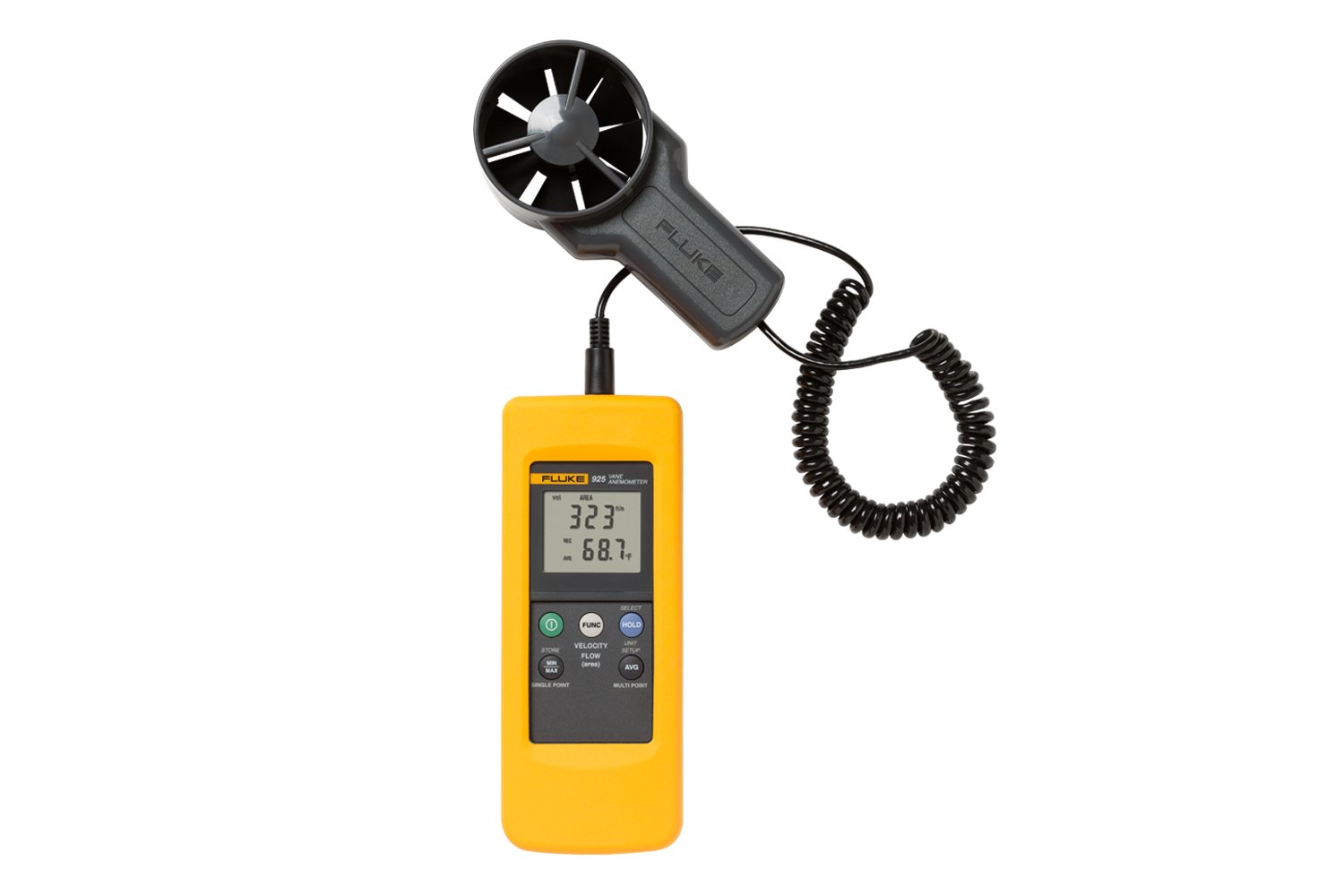All You Need to Know Regarding Anemometers: Exactly How They Work, Why They Issue, and Where to Use Them
Anemometers, however commonly forgotten in the realm of clinical tools, play an essential function in different fields, using beneficial insights right into wind speed and air flow patterns. As we delve into the ins and outs of anemometer modern technology, we will certainly discover the internal functions of these tools, their relevance, and the key considerations when selecting the best anemometer for details applications.

Anemometer Basics
A vital instrument made use of to gauge wind rate and instructions, the anemometer plays a vital function in weather forecasting and different markets. An anemometer usually is composed of three or four mugs that revolve in the wind, a vane that aims right into the wind, and sensing units to track the turnings or movements. By calculating the turnings or movements over a particular time duration, the anemometer can figure out wind speed. The vane helps determine wind instructions by directing into the wind, providing beneficial information for weather condition forecasting, aeronautics, maritime procedures, environmental surveillance, and wind energy applications.
There are different sorts of anemometers readily available, including mug anemometers, vane anemometers, hot-wire anemometers, and sonic anemometers, each with its special features and applications. Mug anemometers are commonly made use of for basic wind rate measurements, while vane anemometers are liked for directional measurements. Hot-wire anemometers appropriate for reduced airspeeds, and sonic anemometers are perfect for high-precision dimensions in research and commercial setups. Understanding the essentials of anemometers is necessary for precise wind information collection and evaluation across various markets.
Principles of Anemometer Procedure
Building on the fundamental understanding of anemometer fundamentals, the principles of anemometer operation clarify the technicians behind wind speed and direction dimensions. Mug anemometers, for instance, have 3 or even more cups that catch the wind, creating them to spin much faster as the wind rate rises. Hot-wire anemometers rely on a heated wire that cools down as wind passes over it, with the price of cooling establishing the wind rate.
Significance of Anemometers
Anemometers play a crucial role in measuring wind speed and direction, offering vital information for climate forecasting, climate studies, environmental surveillance, and aviation operations. Meteorologists depend on anemometers to gather accurate wind information, aiding them recognize weather condition patterns, forecast tornados, and concern prompt warnings to the public. Wind farm operators use anemometers to assess wind problems and maximize electrical power production from wind turbines.
Applications Throughout Numerous Industries
Applications of anemometers cover across varied markets, showcasing their adaptability and energy past meteorology. In the renewable power industry, anemometers play a critical function in evaluating wind problems for wind farm positionings, making certain ideal energy manufacturing. Industries like building and mining utilize anemometers to monitor wind speeds, vital for safety protocols, specifically when operating at elevations or in open-pit mines where strong winds can pose dangers. Anemometers are also indispensable in the air travel more info here market, assisting pilots in comprehending airspeed and wind instructions for secure liftoffs and touchdowns. The maritime industry gain from anemometers for ship navigation, aiding sailors prepare for weather modifications and adjust courses accordingly. In agriculture, anemometers assist farmers in taking care of crop splashing by giving real-time data on wind speed to stay clear of drift. Furthermore, anemometers locate applications in heating and cooling systems to maximize air movement and enhance energy performance in buildings. The varied usage instances of anemometers underscore their value throughout numerous industries, highlighting their indispensable check that role in improving functional safety and security and performance (anemometer).

Choosing the Right Anemometer for Your Needs
For general purposes, a cup anemometer is appropriate for determining wind speed, while a vane anemometer offers wind direction data. Hot-wire anemometers are suitable for reduced airspeed measurements, and ultrasonic anemometers provide high precision and durability.

Conclusion
In conclusion, anemometers play an essential function in gauging wind speed and direction across numerous sectors. It is essential to take into consideration the relevance of anemometers in order to Discover More Here make enlightened decisions when selecting the most ideal gadget for gauging wind problems.
There are various types of anemometers readily available, including cup anemometers, vane anemometers, hot-wire anemometers, and sonic anemometers, each with its distinct attributes and applications. Mug anemometers are generally used for fundamental wind rate dimensions, while vane anemometers are preferred for directional measurements. Hot-wire anemometers are ideal for reduced airspeeds, and sonic anemometers are perfect for high-precision dimensions in study and industrial settings.Structure on the fundamental understanding of anemometer basics, the concepts of anemometer operation illuminate the mechanics behind wind speed and direction measurements. For basic objectives, a mug anemometer is ideal for gauging wind speed, while a vane anemometer offers wind direction data.